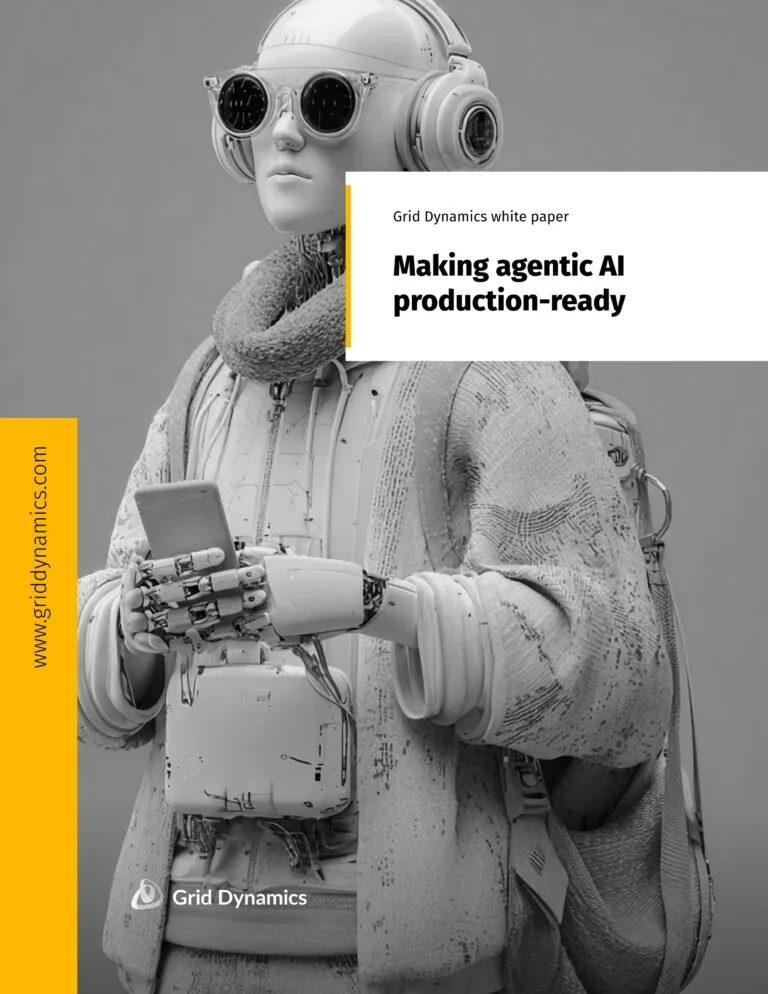From reference architecture to reference implementation: Detailing the DevOps aspects of in-stream processing service
Nov 10, 2016 • 2 min read

In the previous four blog posts in this series we covered the reference architecture of a general purpose In-Stream Processing Service blueprint. To recap, here is a list of shortcuts to the blogs in that series:
- Post 4. In-Stream Processing Service Blueprint 07/10/2016
- Post 3. Overview of In-Stream Processing Solutions On the Market 05/06/2016
- Post 2. How In-Stream Processing Works 05/05/2016
- Post 1. What is In-Stream Processing? 05/04/2016
In the next few posts we’ll present our reference implementation of that blueprint, and open source all of its components so that anyone can deploy and run the entire service platform on AWS (Amazon Web Services) within a few hours by using our deployment and orchestration scripts.
This is the “DevOps” part of the story — making the platform operational on the dynamic cloud infrastructure for development, testing and production purposes. The main topics will concern scalability, availability, portability and automation of the platform’s deployment and operations on any public cloud.
We even developed a fully-functional demo application for real-time sentient analysis of twitter feeds for Social Movie Reviews that runs on our reference implementation out of the box. You can play with the interactive web application that lets you visualize public’s historic and real-time sentiments towards the latest movies, powered by our In-Stream Processing service here. We also wrote a series of blogs that explain the scientific process behind the work of the data scientists, shows every step in the process of developing the sentiment analytics application from the data scientist point of view, and illustrates how the machine learning models were trained, evaluated and tuned to perform the analytics. The series of blogs is collectively called “Data Science Kitchen: a hands-on primer on how data scientists create machine learning models, using Twitter stream sentiment analysis of social movie reviews as our teaching example.” Here is a link to the first post in that series, which we strongly advise you to read — along with those that will come after it.
Now let’s jump into the details of the reference implementation, starting from a discussion of the technology stack used to automate the deployment and operational management.
Tags
You might also like
Today, agentic AI can autonomously build, test, and deploy full-stack application components, unlocking new levels of speed and intelligence in SDLC automation. A recent study found that 60% of DevOps teams leveraging AI report productivity gains, 47% see cost savings, and 42% note improvements in...

Today, many organizations find themselves grappling with the developer productivity paradox. Research shows that software developers lose more than a full day of productive work every week to systemic inefficiencies, potentially costing organizations with 500 developers an estimated $6.9 million an...
Fortune 1000 enterprises are at a critical inflection point. Competitors adopting AI software development are accelerating time-to-market, reducing costs, and delivering innovation at unprecedented speed. The question isn’t if you should adopt AI-powered development, it’s how quickly and effectivel...
According to Gartner, by 2028, 33% of enterprise software applications will include agentic AI. But agentic AI won’t just be embedded in software; it will also help build it. AI agents are rapidly evolving from passive copilots to autonomous builders, prompting organizations to rethink how they dev...
When it comes to the best web development frameworks, finding the right balance between efficiency, creativity, and maintainability is key to building modern, responsive designs. Developers constantly seek tools and approaches that simplify workflows while empowering them to create visually strikin...
Most enterprise leaders dip their toe into AI, only to realize their data isn’t ready—whether that means insufficient data, legacy data formats, lack of data accessibility, or poorly performing data infrastructure. In fact, Gartner predicts that through 2026, organizations will abandon 60% of AI pr...

For many businesses, moving away from familiar but inherently unadaptable legacy suites is challenging. However, eliminating this technical debt one step at a time can bolster your confidence. The best starting point is transitioning from a monolithic CMS to a headless CMS. This shift to a modern c...









